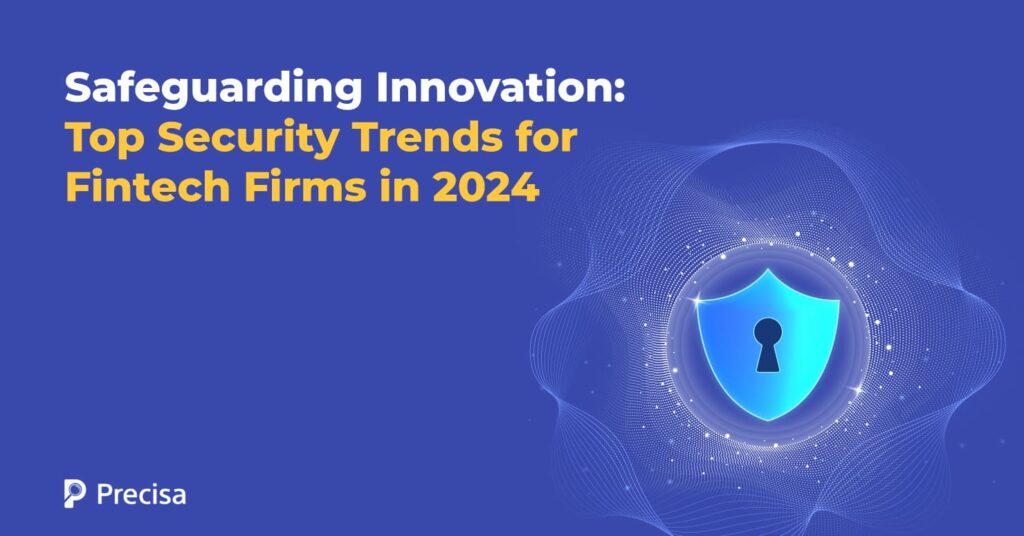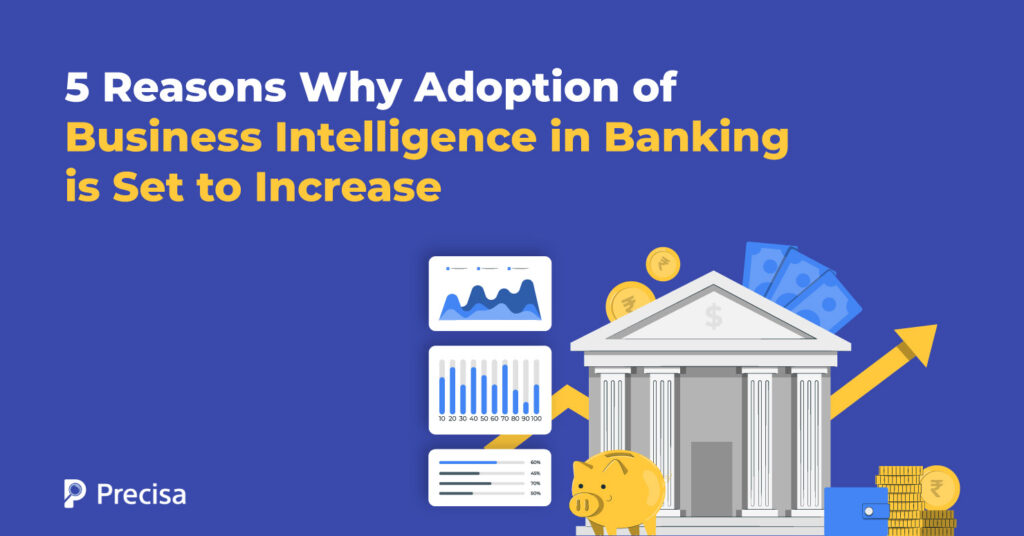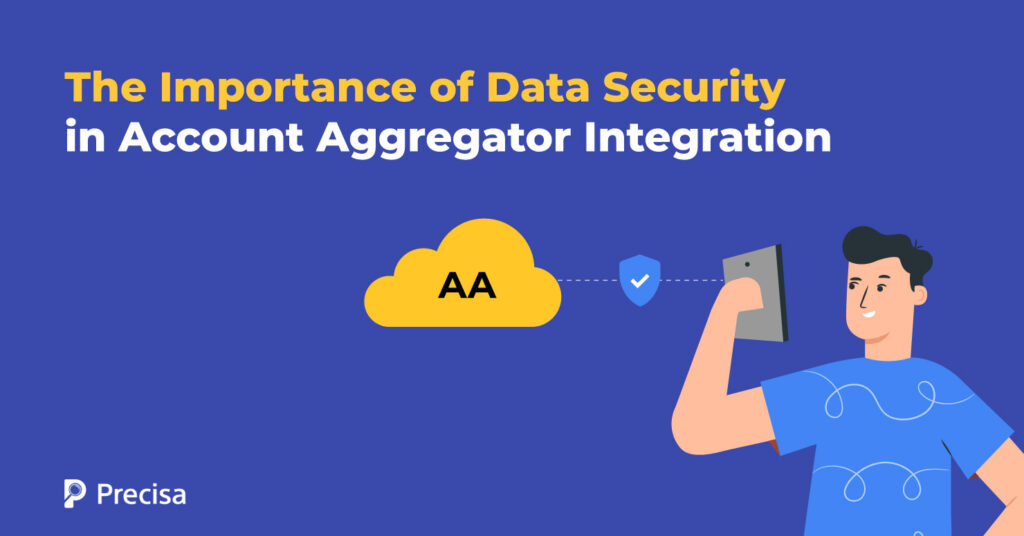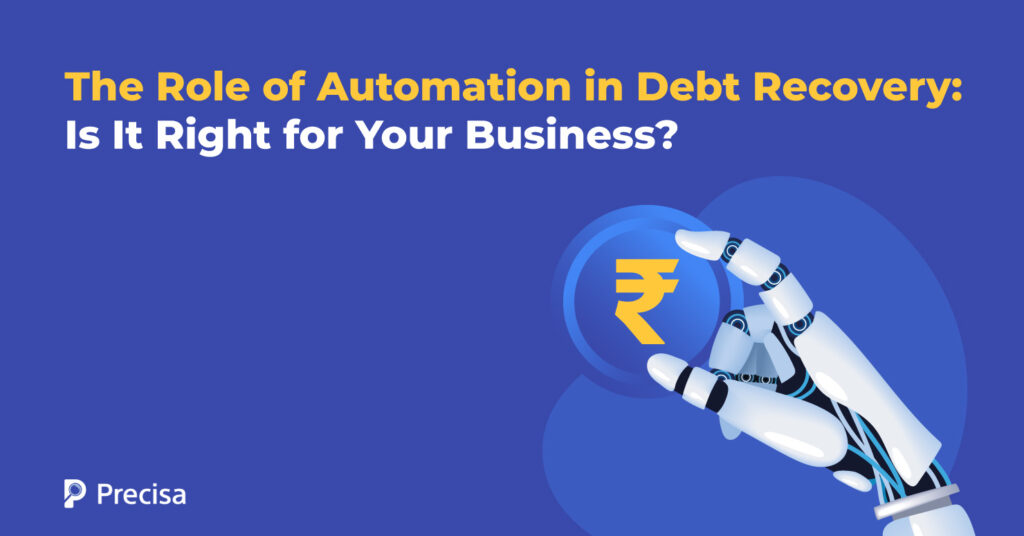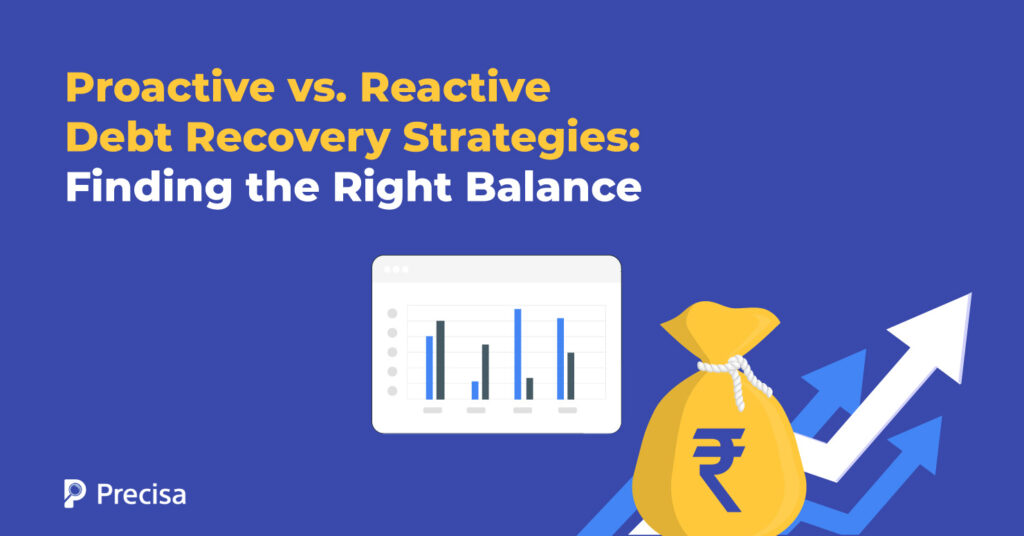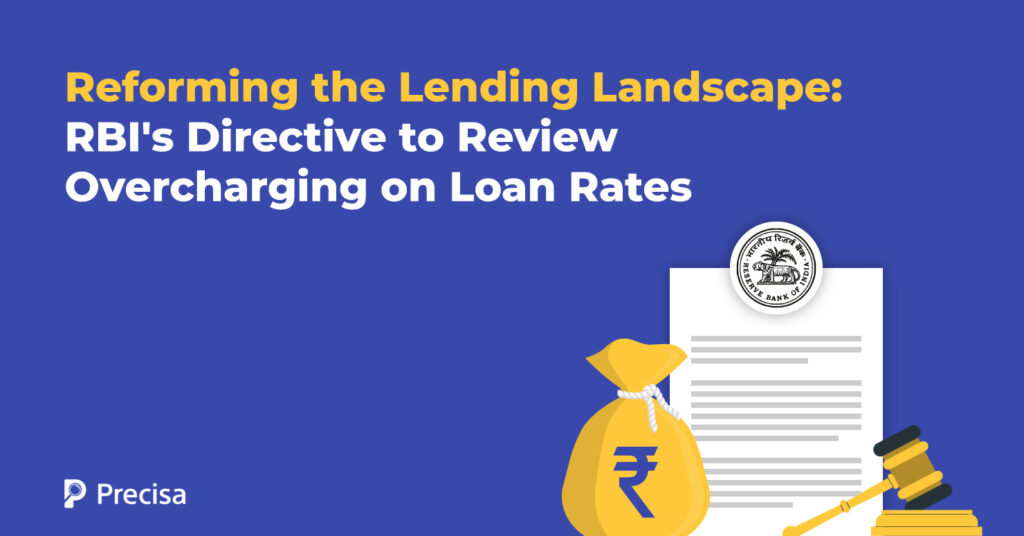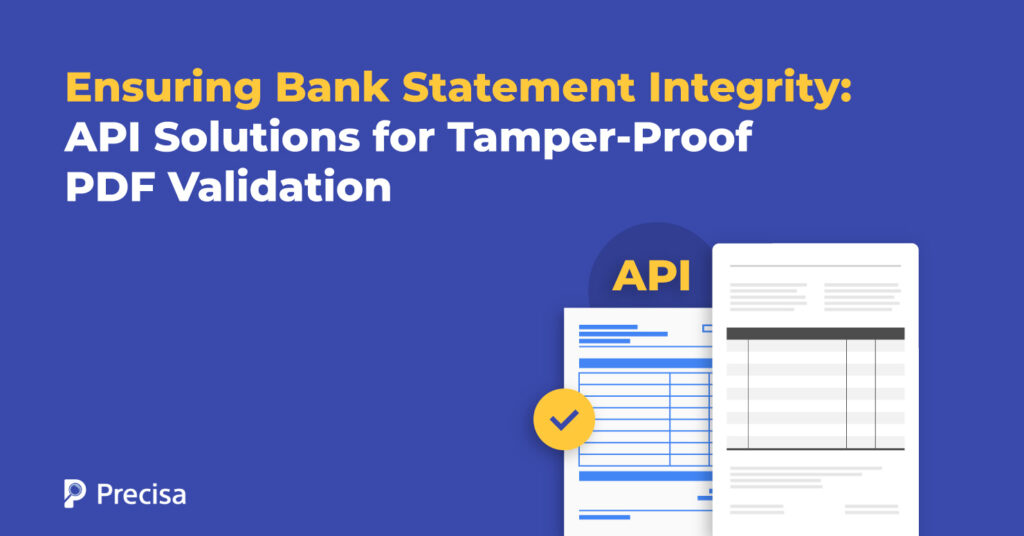The concept of priority sector lending has its origins in 1972. This was when the Reserve Bank of India (RBI) first introduced the concept of opening up credit access to economically underserved consumers. This step was considered to be an important one in the nation-building journey as it enabled development. In June 2024, the RBI […]
Safeguarding Innovation: Top Security Trends for Fintech Firms in 2024
Fintech combines finance and technology and represents the next phase of financial evolution, focusing on innovation. Fintech users, particularly in digital payments, are forecasted to exceed 3.5 billion in 2024. By 2028, the number will reach 4.81 billion. However, as the fintech acceptance and use grows, so does the cybersecurity threat. In 2023, almost 64% […]
5 Reasons Why Adoption of Business Intelligence in Banking is Set to Increase
Banks have a unique opportunity to leverage new technologies and digital tools to enhance customer experiences and drive innovation in the financial industry. By embracing emerging trends like personalised financial products, spend analytics and cash forecasting, banks can stay ahead of the curve and continue to meet the evolving needs of their customers. The increasing […]
The Importance of Data Security in Account Aggregator Integration
In a digital-forward economy, borrowers have to repeatedly share extensive personal and financial data with lenders throughout their lifetime, which often poses both inconvenience and security risks. On top of that, this sensitive information includes profile details, addresses, credit card information, bank transactions, and investment details, all of which are vulnerable to potential breaches. With […]
Why Should Lenders Consider Outsourcing Debt Recovery for a Day Past Due
A recent Saral Finance survey suggests that around 67% of Indians have taken a loan at some stage to meet their financial requirements. That is a whopping 938 million people. Worryingly, the number of wilful defaulters has increased steadily over the last five years shooting to Rs 353,874 crore involving more than 16,500 accounts as […]
5 Reasons Why Cash Flow Lending Analysis is Necessary for Small Business Lending
Micro, small, and medium enterprises (MSMEs) account for around 30% of the economy, making them one of the most important sectors in India. These businesses also play an important role in safeguarding the cultural heritage of different communities, driving innovation, and generating jobs. With more than 600 lakh MSMEs spread across the country, cash flow […]
The Role of Automation in Debt Recovery: Is It Right for Your Business?
Automation has positively impacted industries and has significantly contributed to the growth in the financial services domain. Lenders benefit from automating the entire lending process, including debt recovery. Replacing manual processes with automated collection procedures improves efficiency and helps lenders stay profitable. As per reports, Gross Non-Performing Assets (GNPAs) of Scheduled Commercial Banks (SCBs) reduced […]
Proactive vs. Reactive Debt Recovery Strategies: Finding the Right Balance
One of the top risks in lending is the inability of borrowers to repay loans on time and in full. Hence, debt recovery is one of the most important aspects of the lending life cycle. However, traditional debt recovery methods tend to be more reactive. For example, lenders may outsource this role to external agencies, […]
Reforming the Lending Landscape: RBI’s Directive to Review Overcharging on Loan Rates
Recently, the RBI has pointed out cases where bank loan rates have been excessively charged, emphasising the need for reform. Addressing this pressing issue, the central bank has taken a stand against unfair lending practices through a recent directive to restore transparency and fairness to the lending process. The lending practices in India have evolved […]
Bank Statement Analysis API Solutions for Tamper-Proof PDF Validation
Loan applicants often submit numerous PDF bank statements. Lenders use web-based financial analysis software to quickly extract and analyse data from these documents, assessing cash flow and creditworthiness. PDFs may include identity documents, statements, invoices, and Goods & Service Tax Returns (GSTR). However, a growing challenge for lenders is verifying whether the PDFs are authentic. […]


